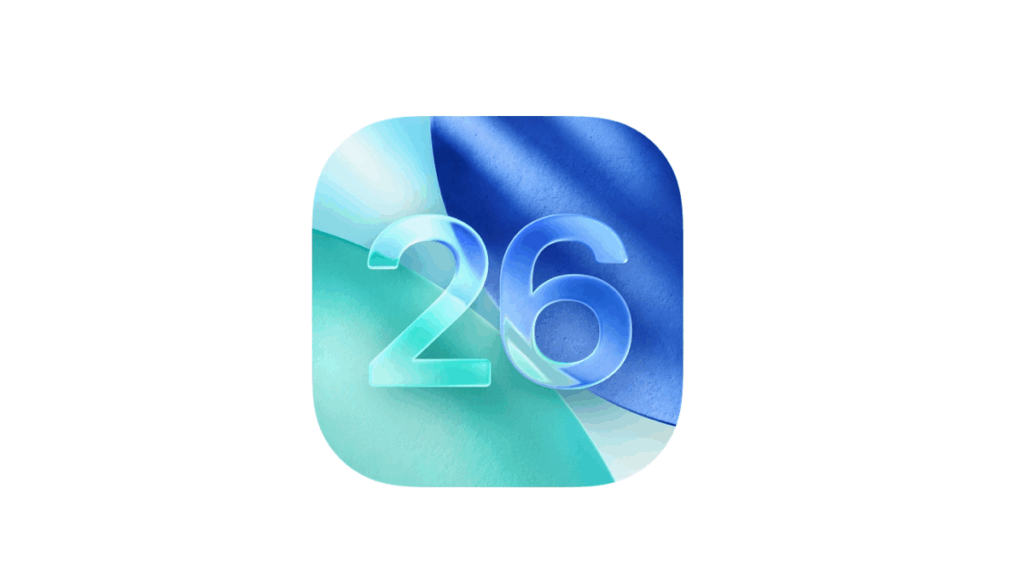
Apple has unveiled its much-anticipated iOS 26, featuring the revolutionary Liquid Glass redesign, offering a sleek, visually sophisticated interface that transforms the iPhone experience. This latest operating system, compatible with the iPhone 11 series and newer, also introduces a suite of enhancements powered by Apple Intelligence, including call screening and innovative photo features.
The announcement comes as Apple continues to push the boundaries of mobile technology, delivering on promises made with previous iOS iterations. Despite some minor setbacks, iOS 26 has earned the Editors’ Choice award for its groundbreaking improvements.
Liquid Glass: A New Aesthetic Paradigm
The most striking change in iOS 26 is the Liquid Glass design language, which permeates every aspect of the user interface. This new aesthetic introduces translucent, glass-like elements that enhance the visual appeal of everything from Home Screen icons to app toolbars. The design not only looks stunning but also improves usability with features like fluidly shrinking menu bars that maximize screen space.
Apple’s Liquid Glass offers customization options that rival Android’s Material You, allowing users to tint app icons for a cohesive Home Screen look. The Lock Screen benefits from previous customization features, with added flexibility in resizing the clock to suit wallpapers. However, some users have reported bugs and design oversights, such as reduced legibility in certain contexts and occasional glitches in icon tinting.
Enhanced Phone App Features
The Phone app in iOS 26 introduces significant updates, including Call Screening and Hold Assist. Call Screening offers three options—Never, Ask Reason for Calling, and Silence—providing users with greater control over incoming calls. This feature is particularly useful in Personal Focus or Sleep Focus settings, limiting calls to saved contacts.
Hold Assist, akin to Google’s Hold for Me, allows users to multitask while on hold. Although not flawless, this feature marks a significant improvement in user convenience, eliminating the need to wait for service agents to pick up.
Live Translation: Bridging Language Barriers
Building on the Translate app introduced in iOS 14, iOS 26 integrates Live Translation into FaceTime, Messages, and the Phone app. This feature, available on Apple Intelligence-enabled phones starting with the iPhone 15 Pro, automatically translates incoming messages or audio into multiple languages, facilitating seamless communication across language barriers.
The Phone app’s implementation is particularly impressive, offering both text transcription and AI voice dictation of translated text. While FaceTime and Messages lack voice dictation, the feature remains a powerful tool for global communication.
Camera App and Visual Intelligence Enhancements
iOS 26 brings intuitive changes to the Camera app, streamlining the user interface and making essential controls more accessible. Users can now easily switch between modes and adjust video settings directly within the app, thanks to the Liquid Glass interface’s clear, scrolling animations.
Visual Intelligence, previously limited to the Camera app, now works across the entire iPhone screen. This feature allows users to gather information or perform actions on-screen, enhancing the overall user experience.
Implications and Future Prospects
The release of iOS 26 represents a significant step forward for Apple, reinforcing its commitment to innovation and user-centric design. While some issues remain, the operating system’s new features and enhancements set a high bar for future updates.
As Apple continues to refine its technology, iOS 26 lays the groundwork for even more advanced capabilities. The integration of AI and customization options points to a future where user experience is increasingly personalized and intuitive.
Looking ahead, Apple’s challenge will be to address the minor bugs and design oversights reported by users, ensuring that future iterations of iOS maintain the high standards set by iOS 26. With its latest release, Apple has once again demonstrated its ability to lead the industry in mobile innovation.





